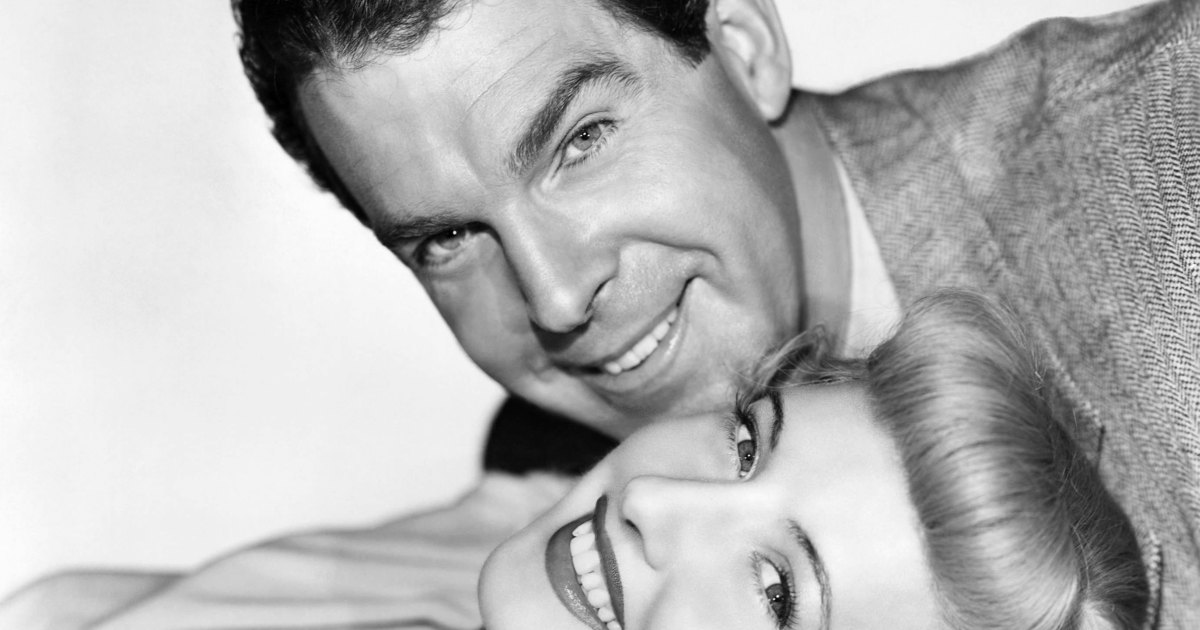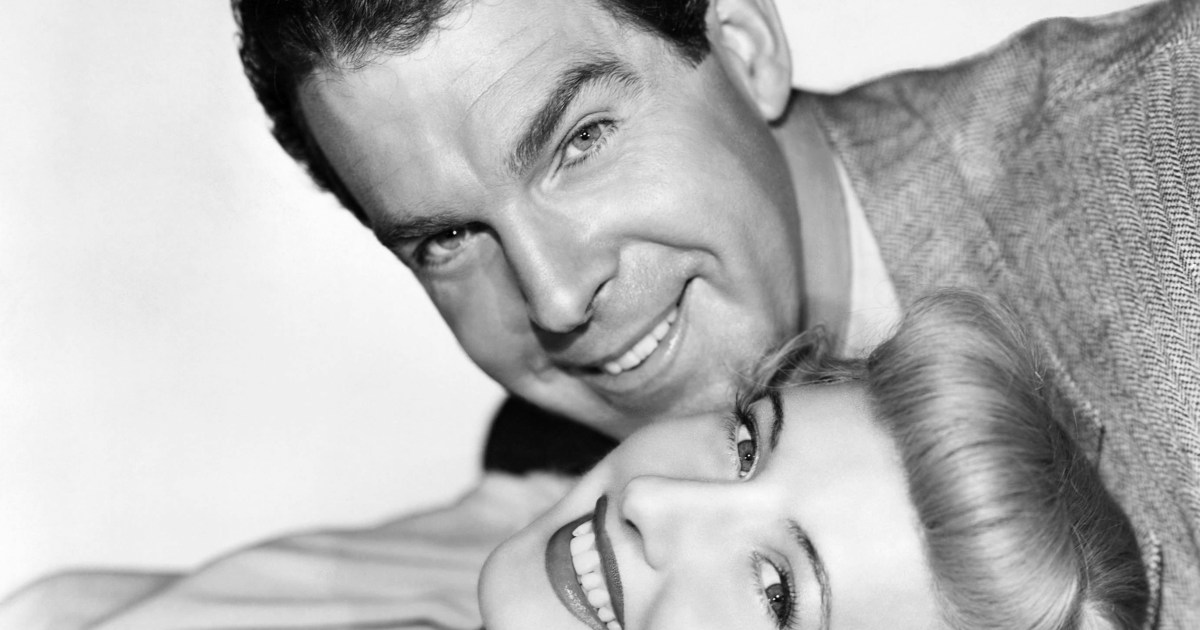
In a lost final scene dropped from 1944’s Double Indemnity, Edward G. Robinson’s insurance investigator stands by as his friend, played by Fred MacMurray, is put to death at San Quentin prison. “It was definitely shot,” reveals James Ursini, a coauthor of a new book on the classic thriller, which also starred Barbara Stanwyck.
“It sounds like a wonderful scene and a powerful one.” Director and script co-writer Billy Wilder feared that an execution would be a step too far for a film that was already pushing the boundaries of what audiences expected.
Based on a real-life murder case, Double Indemnity starred Barbara as an alluring temptress who plots with a stranger to kill her husband and collect on his life insurance policy. “The standards of the day did not favor dark visions,” explains Alain Silver, coauthor with Ursini of From the Moment They Met It Was Murder: Double Indemnity and the Rise of Film Noir. “The film embraced this concept of disenchantment with the world and American society.”
Barbara and Fred both had serious doubts about playing killers — but the gamble paid off. “In her autobiography, she said it was the part everyone always asked her about and the most important role she ever played,” says Ursini, who adds that Double Indemnity also led to more dramatic parts for Fred, who hadn’t been Wilder’s first choice for Walter.
Alan Ladd, James Cagney, Spencer Tracy, Gregory Peck and Fredric March all turned down the part first. Wilder only began courting Fred after George Raft, best known for his mobster films, turned it down. “Ultimately, when he ended up with Fred, it turned out to be perfect casting,” says Silver. Fred agreed: “I never dreamed it would be the best picture I ever made,” he said.
Dark Times
Today’s film audiences have seen amoral protagonists, corrupt world outlooks, and endings where justice is not served, but times were different when Double Indemnity premiered 80 years ago. “The 1940s were not a cynical age, but this film was more cutting-edge than anything produced at that time,” says Ursini. “It cynically plays into the idea of the American Dream. She wants money; he wants women and money.” But by the closing credits, neither gets their desire.
Double Indemnity became a hit, but it was not without its critics. Singer Kate Smith launched a public campaign urging audiences to stay away from the film on moral grounds. In many ways, Double Indemnity was a product of changing times. “Veterans were coming home from the war, having experienced the trauma of war,” says Ursini, explaining that this ugliness made audiences more receptive to flawed heroes and cynical storylines.
Change, however, never happens in a flash. Although Double Indemnity was nominated for seven Oscars, including Best Picture, Best Director and Best Actress for Barbara, it went home empty-handed after the musical comedy Going My Way enjoyed a winning streak. Double Indemnity would, however, become highly influential to future generations of filmmakers and movie lovers. “It opened the floodgates,” says Ursini. “Film noir continued to be revised throughout the next generations. That’s part of the reason that Double Indemnity lives on.”
Read More: World News | Entertainment News | Celeb News
Closer










